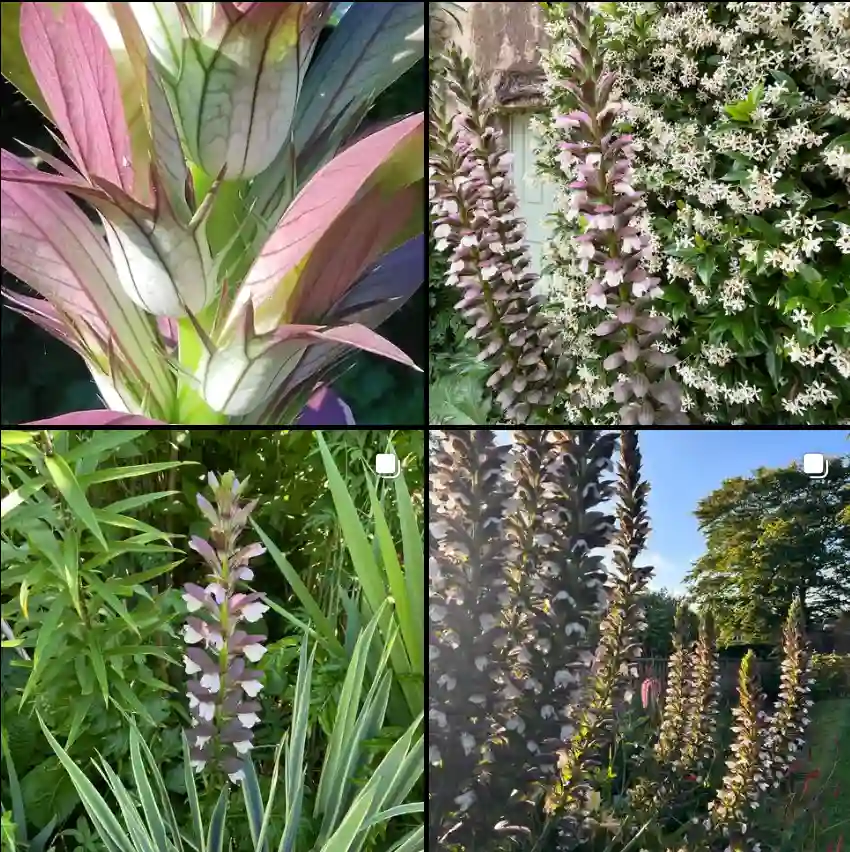Liquidambar Styraciflua Rotundiloba: Your FAQ Guide
I’ve been delving into the world of Liquidambar Styraciflua Rotundiloba recently, and I’ve noticed a lot of people have questions about this fascinating tree. Here’s a comprehensive FAQ to help you get the most out of this beautiful addition to your garden.
15 Species in Genus Liquidambar
What Is Liquidambar Styraciflua Rotundiloba?
Liquidambar Styraciflua Rotundiloba, often called the Sweetgum or American Sweetgum, is a deciduous tree renowned for its striking fall foliage and unique star-shaped leaves. Unlike its more common relative, the Liquidambar Styraciflua, which has deeply lobed leaves, the Rotundiloba variety features rounded, less serrated leaves. This makes it a popular choice for those looking to add a distinctive touch to their landscape.
How to Care for Liquidambar Styraciflua Rotundiloba?
Caring for Liquidambar Styraciflua Rotundiloba is relatively straightforward, but there are a few key points to keep in mind:
- Location: Choose a spot with full sun to partial shade. This tree thrives in well-drained soil, so avoid areas prone to waterlogging.
- Watering: Water it regularly, especially during the first few years as it establishes itself. However, once established, it’s quite drought-tolerant.
- Soil: It adapts to a range of soil types but performs best in moist, acidic to neutral soils. Ensure good drainage to prevent root rot.
- Pruning: Minimal pruning is required. Remove any dead or damaged branches in late winter or early spring before new growth starts.
- Fertilizing: Apply a balanced fertilizer in early spring to promote healthy growth and vibrant foliage.
How to Propagate Liquidambar Styraciflua Rotundiloba?
Propagating Liquidambar Styraciflua Rotundiloba can be a bit challenging, but it’s definitely possible:
- From Seeds: Collect seeds from the mature tree in the fall. Stratify them by chilling in the refrigerator for a few weeks before planting in spring. Sow them in a seed tray with a mix of soil and sand, keeping the soil moist.
- From Cuttings: Take semi-hardwood cuttings in late summer. Dip the cut ends in rooting hormone and plant them in a mix of peat and perlite. Keep the cuttings in a humid environment until they root, which may take several weeks.
What to Plant With Liquidambar Styraciflua Rotundiloba?
Choosing companion plants for Liquidambar Styraciflua Rotundiloba can enhance the beauty of your garden. Here are some options:
- Underplanting: Consider shade-tolerant groundcovers like Hostas or Astilbes. They thrive in the cooler, shaded area created by the tree’s canopy.
- Accent Plants: Combine with flowering shrubs such as Hydrangeas or Azaleas. Their blooms add color to the garden throughout the growing season.
- Grass Varieties: Ornamental grasses like Miscanthus or Feather Reed Grass can complement the tree’s fall foliage and provide texture contrast.
How to Use Liquidambar Styraciflua Rotundiloba in Landscaping?
Liquidambar Styraciflua Rotundiloba makes a fantastic focal point in any landscape. Here’s how you can use it effectively:
- Specimen Tree: Plant it as a standalone specimen to showcase its stunning fall colors. It’s especially striking against a backdrop of evergreen trees.
- Shade Tree: Use it to provide shade in garden areas or near seating spaces. Its broad canopy offers relief from the summer sun.
- Windbreak: It can serve as an effective windbreak due to its dense foliage and height. Plant it along property lines to shield your garden from strong winds.
Is Liquidambar Styraciflua Rotundiloba Toxic?
Liquidambar Styraciflua Rotundiloba is not considered toxic to humans or pets. However, as with many plants, it’s a good idea to keep an eye on pets and children to prevent them from ingesting any parts of the tree.
Common Problems and Solutions
- Pests: Watch for common pests like aphids or scale insects. Treat infestations with appropriate insecticidal soaps or neem oil.
- Diseases: It can be susceptible to diseases such as fungal infections. Ensure good air circulation and avoid overhead watering to minimize fungal issues.
- Leaf Drop: Excessive leaf drop may occur if the tree is stressed. Check for signs of drought or poor soil conditions and adjust care accordingly.
Conclusion
Liquidambar Styraciflua Rotundiloba is a remarkable tree that adds beauty and interest to any garden. With the right care and attention, it can thrive and provide years of enjoyment. Whether you’re using it as a specimen tree, a shade provider, or simply for its striking foliage, it’s a versatile addition to your landscape.
If i die, water my plants!



